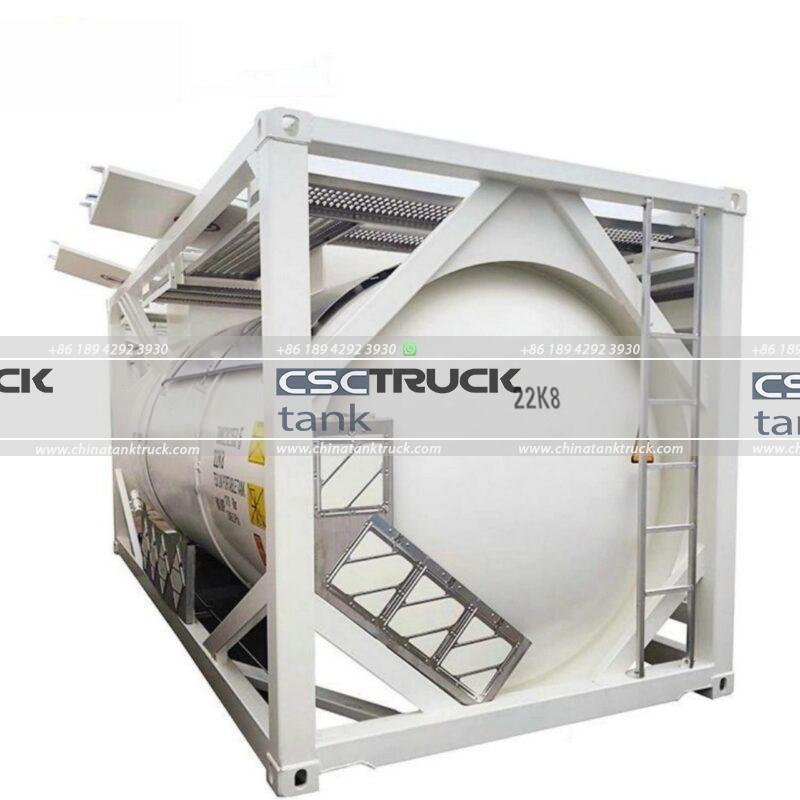How to Load an ISO Container: A Step-by-Step Guide
ISO (International Organization for Standardization) containers are globally standardized shipping units, widely used for transporting goods across land and sea. Loading an ISO container efficiently and securely is critical to ensure the safety of the cargo, maximize space utilization, and comply with international shipping regulations. This article will guide you through the entire process of loading an ISO container, from preparation to final inspection, offering tips for different types of cargo and safety considerations.
What is an ISO Container?
An ISO container is a standardized metal box that comes in various sizes, the most common being 20 feet (TEU) and 40 feet (FEU) long. These containers are designed to be stackable, robust, and capable of handling heavy loads. ISO containers are used for shipping a wide range of goods, including machinery, raw materials, and consumer products, across vast distances.
The design allows for easy loading, unloading, and transportation via multiple modes such as ships, trucks, and trains. The uniformity of ISO containers simplifies logistics, but loading them properly is essential to minimize damage during transit and to meet legal standards for weight distribution and safety.
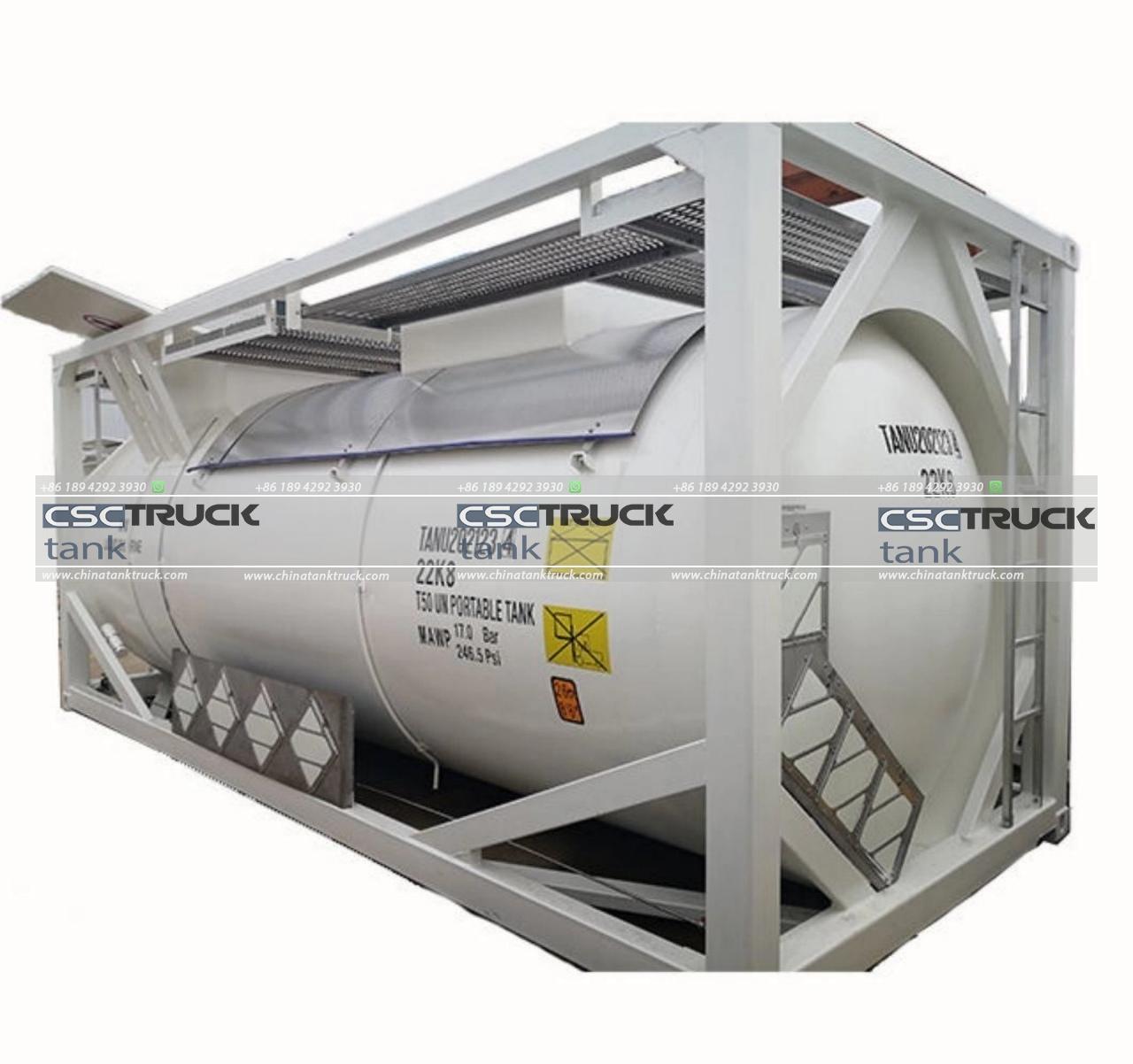
1. Preparation Before Loading
Before you begin loading an ISO container, a few preparatory steps are necessary to ensure that the process goes smoothly and that your cargo is protected during transport.
A. Inspect the Container
Start by inspecting the container for any damage or defects that could compromise the safety of your shipment. Pay close attention to the following areas:
– Exterior condition: Look for dents, rust, or holes in the container that may allow water to enter.
– Doors and locks: Ensure that doors open and close smoothly, and that the locking mechanisms are functional.
– Interior cleanliness: Make sure the interior is free of any residue or contaminants that might harm your cargo.
– Seals and gaskets: Check that all rubber seals around the doors are intact to prevent moisture from getting in.
B. Check Weight Limits
Each ISO container has a maximum weight capacity, known as the Maximum Gross Weight (MGW). For instance, a 20-foot container has an MGW of around 24,000 kg, while a 40-foot container can carry up to 30,480 kg. Exceeding this weight limit can lead to serious consequences, such as container collapse, fines, or even accidents during transport. Check the MGW and ensure that your cargo weight, including pallets and packaging, does not exceed it.
C. Plan Cargo Layout
Planning the layout of your cargo before loading helps to optimize space and prevent damage. Consider the following:
– Stacking: Distribute heavy items evenly at the bottom and lighter items on top. Overloading one side can cause imbalances during transit.
– Orientation: Arrange boxes or pallets so that they fit snugly together, leaving minimal gaps. This will help prevent movement during shipping.
– Securing equipment: If you are shipping irregular or heavy machinery, use additional securing mechanisms like braces or straps to keep them in place.
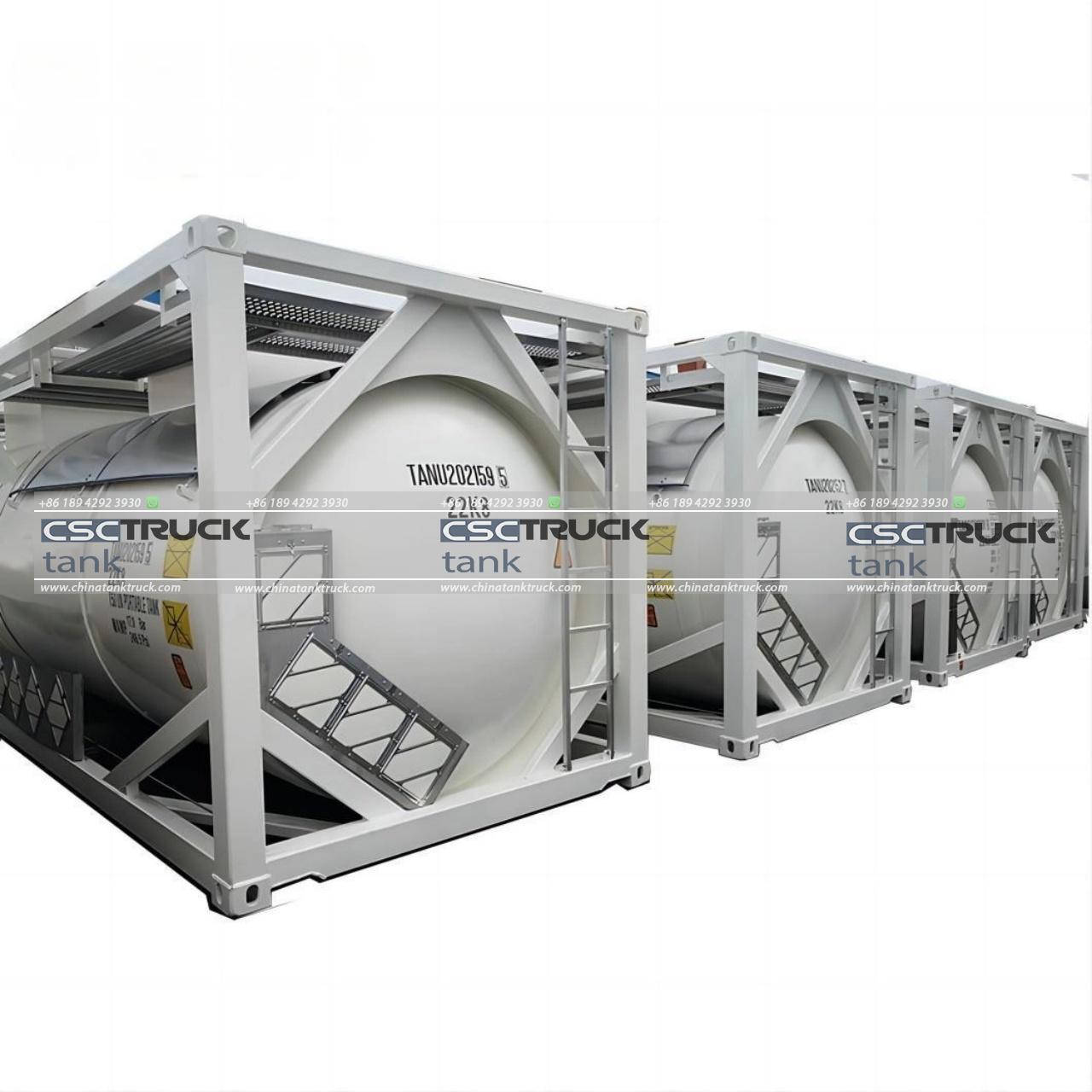
2. Start Loading the Container
Once the container is inspected and ready, and you have a loading plan, you can begin the actual process.
A. Use the Right Equipment
Depending on the type and weight of the goods you’re loading, you may need special equipment such as forklifts, pallet jacks, or conveyor belts. Ensure that this equipment is in good working order and suitable for the weight and size of your cargo. Having the right equipment will speed up the loading process and reduce the risk of injury or damage to the goods.
B. Load Heavy Items First
Begin by loading the heaviest items, such as machinery or large pallets, into the container. Position these items towards the front of the container (the end closest to the driver when loaded onto a truck), evenly distributed to prevent tilting. Ensure that heavy items are properly secured to avoid shifting during transport. Use load bars, straps, or wooden braces as necessary.
C. Fill Gaps to Prevent Movement
Once your heavy items are in place, start loading medium-weight goods around them. Make sure that there are no significant gaps between items, as empty spaces can allow for movement during transit. If there are unavoidable gaps, use dunnage or padding, such as air pillows, foam, or cardboard, to fill the spaces and keep everything secure.
D. Lightweight Items Go Last
Finish by loading the lightest items on top or in areas with less weight. These items can include smaller boxes, crates, or other lightweight goods. Since lightweight goods are more likely to shift during transportation, ensure that they are packed tightly and secured with straps or netting if needed.
E. Distribute Weight Evenly
An unevenly distributed load can cause handling problems and even accidents during transit. Distribute weight evenly across the container, both front-to-back and side-to-side. Keeping the center of gravity low and central ensures better stability, especially for shipping on rough seas or over bumpy roads.
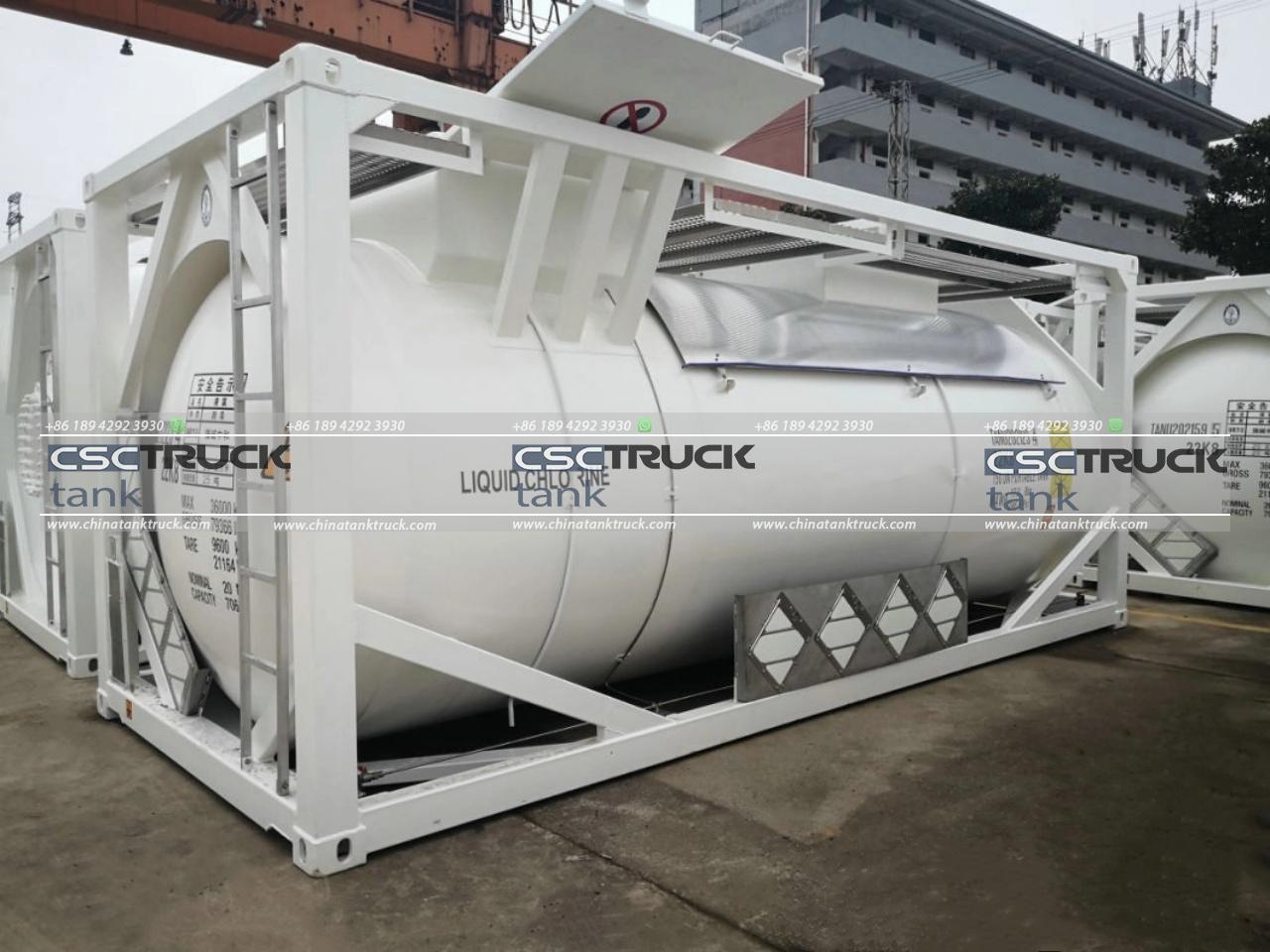
3. Securing the Load
Once all items are loaded, it’s essential to secure the load. Unsecured cargo can shift during transit, leading to damage or accidents. Here are some methods for securing your cargo:
A. Strapping and Tie-downs
Use straps, ropes, or chains to tie down large or heavy items. For items that are at risk of tipping, use tensioned straps attached to anchor points on the container walls or floor. Ensure that the tie-downs are strong enough for the weight of the item they are securing.
B. Blocking and Bracing
For oversized or irregularly shaped cargo, blocking and bracing are essential. Wooden or metal braces can be nailed to the floor or sides of the container to prevent movement. Blocking is especially important for heavy machinery or vehicles to avoid shifting in transit.
C. Dunnage
Use dunnage like air-filled bags, foam, or cardboard to fill any remaining gaps. Dunnage helps to absorb shocks during transit, protecting fragile items. It also prevents goods from colliding with one another inside the container.
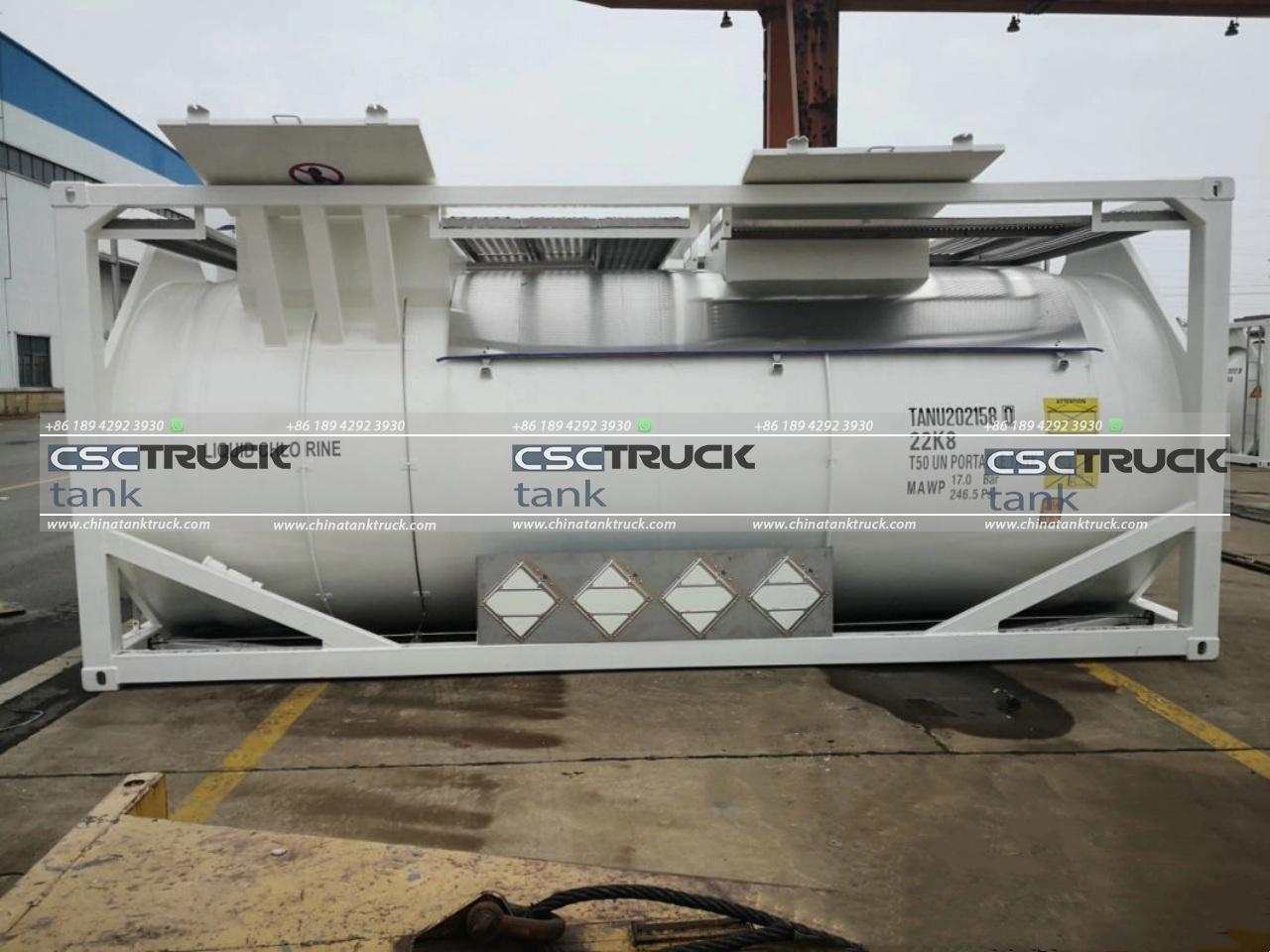
4. Final Steps and Documentation
After loading and securing the cargo, there are a few final steps to complete.
A. Close and Seal the Container
Once the container is fully loaded, close the doors and ensure they are properly latched. Apply a security seal to the container doors. This seal is often required by customs authorities and serves as proof that the container hasn’t been tampered with during transit.
B. Weigh the Container
It’s crucial to weigh the container once it’s fully loaded to ensure compliance with weight regulations. The container’s gross weight (including its contents) must not exceed the MGW indicated on its door. Overweight containers can be rejected at ports or incur fines.
C. Document the Load
Make sure that all shipping documentation is completed and accurate. This includes the bill of lading, packing list, and weight certification. These documents are required for customs clearance and delivery.
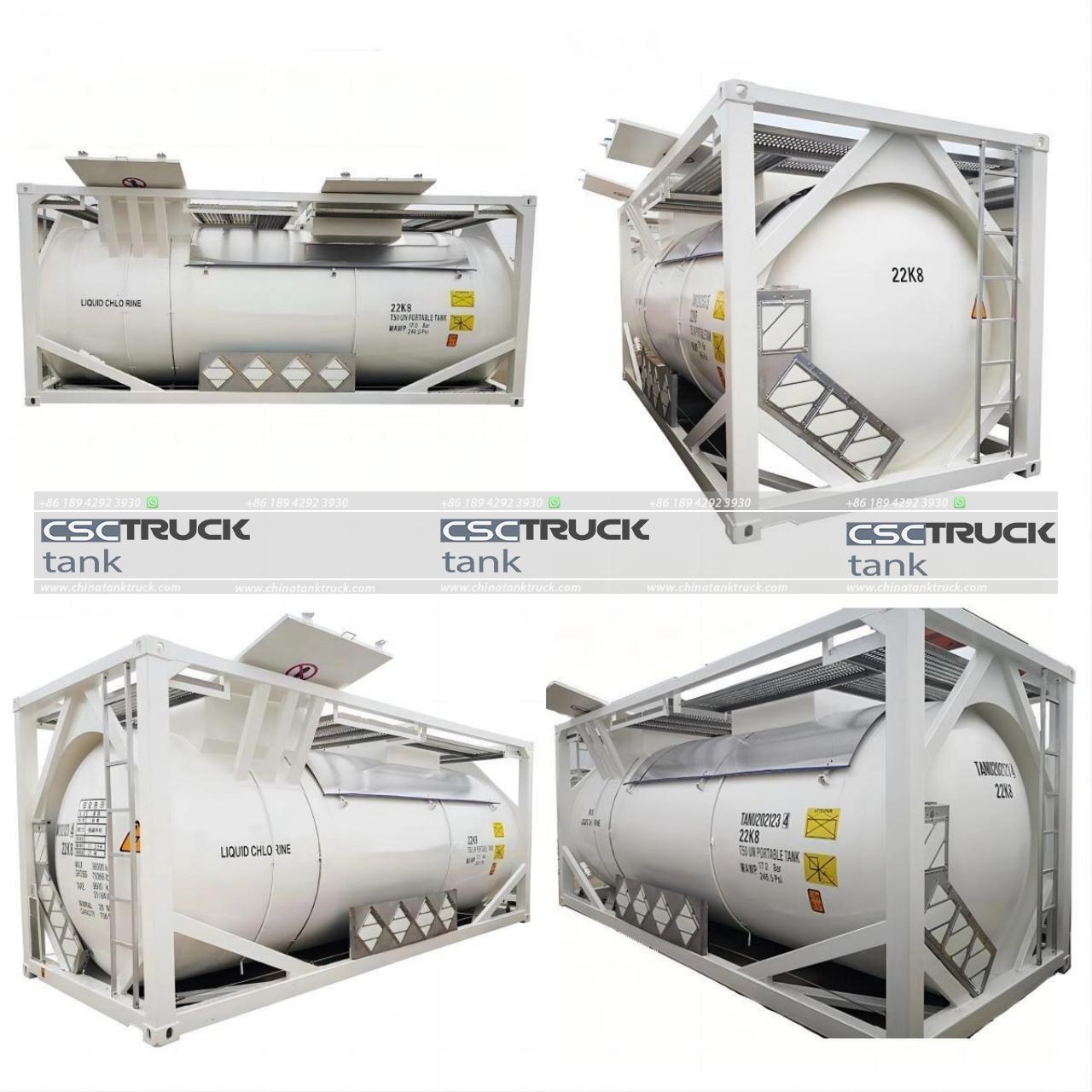
Conclusion
Properly loading an ISO container is a critical part of the shipping process. Ensuring that the cargo is securely packed, weight is evenly distributed, and documentation is accurate will help prevent delays, fines, and damage to goods during transit. By following the steps outlined above, you can maximize the efficiency and safety of your ISO container loading process, ensuring a smooth journey for your shipment.

